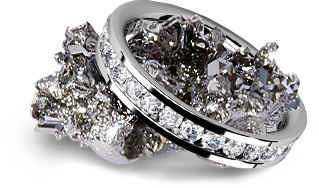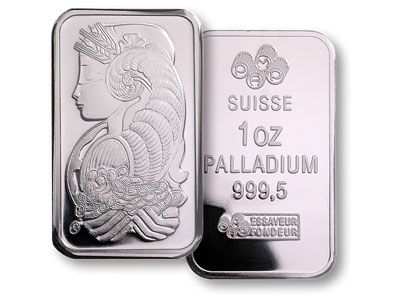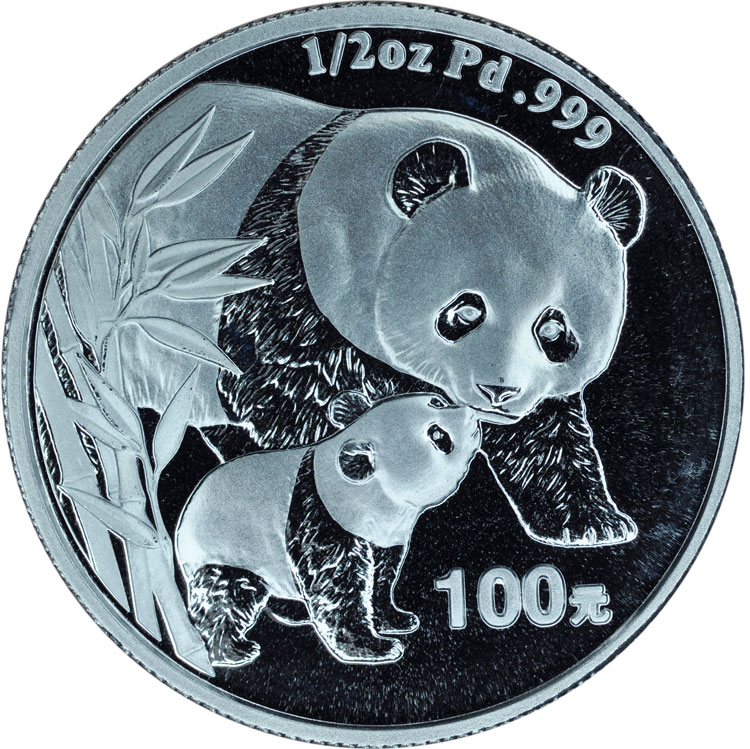UsesPalladium is very rare, although it is found in platinum, silver, gold, and copper and is normally found after mining these metals. Palladium has many uses. This metal is used for dentistry, like dental fillings and crowns for cavities. Palladium is also used for springs in watches, aircraft spark plugs, surgical tools, signs, and before better drugs were invented, was used as a perspiration for tuberculosis. One interesting thing that palladium is used for is catalytic converters and anything with an engine. Palladium is also used in jewelry like in white gold. One of the major objects that palladium is used for is Chinese coin money. There is also a company that sells boots called Palladium Boots, but don't be fooled there is no actual palladium in the boots.
|
|
|



